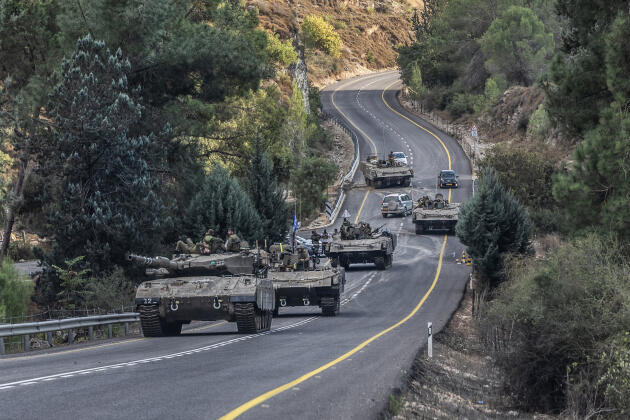Hizballah planned to attack U.S. and Israeli Ships in Singapore
Singapore’s security service recently revealed that the Lebanese Hizballah terrorist group had plotted to bomb American and Israeli ships at dock in Singapore. The city-state’s Internal Security Department (ISD) said that Hizballah operatives had recruited five Singaporean Muslims in the 1990’s, who were to assist with surveillance and logistics.
Surveillance of embassies and harbor
The five reportedly were selected from a group attending Muslim religious classes, and later met with Ustaz Bandei, a radical Islamic preacher. Bandei was wanted by Indonesian authorities for the 1985 bombing of the Borobudur temple in Indonesia.
Through Bandei, the five Singaporeans were introduced to a Hizballah agent, who recruited them and exacted a pledge to follow instructions, “even if it meant going to war.” The men apparently backed out after being asked to photograph the U.S. and Israeli embassies.
According to the ISD, the Hizballah cell — comprised of Ustaz Bandei and three others — was still active as late as 1998, and continued to conduct surveillance of possible targets. They had apparently intended to use an island close to Singapore as a base for launching their attacks.
Modus operandi later used by al-Qaida
The original plan was to fill a small boat with explosives and ram it into a ship in the Singapore Straits or in harbor. The same modus operandi was later used by al-Qaida to bomb the USS Cole in Yemen harbor in October 2000.
The similarity of methods is no coincidence. Nor is this the first time al-Qaida and Hizballah appeared to be working from the same blue-prints. The bombings of the U.S. embassies in East Africa by al-Qaida bear an operational resemblance to the Hizballah suicide attacks against the U.S. Embassy and Marine barracks in Beirut in 1983.
Al-Qaida and Hizballah, despite representing different strains of Islam, have a long history of operational cooperation. Al-Qaida operative Ali Mohamed, who was convicted of conspiracy in the U.S. embassy bombings, testified that al-Qaida’s method for driving the United States out of the Middle East was modeled on the successes of the Lebanese Hizballah organization.
Referring to the 1983 truck bombing of the U.S. Marine barracks in Beirut—an attack that killed 241 U.S. soldiers—Mohamed said that his group intended to use “the same method to force the United States to pull out of Saudi Arabia.”
Hizballah provided training for al-Qaida operatives
Apparently, Hizballah did more than just serve as a source of inspiration for al-Qaida. Mohamed testified that he had been in charge of security for a meeting between Osama bin Ladin and Hizballah operations chief Imad Mughniya. “Hizballah provided explosives training for al-Qaida and al-Jihad,” Mohamed said.
Imad Mughniyah, described as the head of Hizballah’s Islamic Jihad operational wing, is believed to be behind several terrorist incidents, including the bombing of the Israeli embassy and Jewish community center in Buenos Aires and the hijacking of an American passenger plane.
Iran and Hizballah are said to be assisting in the relocation of al-Qaida fighters to Lebanon, where they are to expand their current base in the Ein al-Hilweh refugee camp.
Sources: Straits Times, Associated Press






